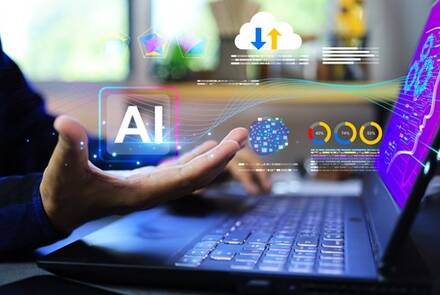An Introduction to Predictive Analytics
In a world inundated with data, organizations are on a quest to not only understand the past but also to anticipate the future. Predictive analytics emerges as a powerful ally in this pursuit, offering a transformative approach to decision-making by forecasting outcomes based on historical data and statistical algorithms. In this introductory overview, we embark on a journey into the realm of predictive analytics, exploring its definition, key concepts, and practical applications.
Defining Predictive Analytics:
Predictive analytics is a branch of advanced analytics that utilizes historical data, statistical algorithms, and machine learning techniques to identify the likelihood of future outcomes. Unlike descriptive analytics, which focuses on understanding past events, predictive analytics aims to forecast what might happen next, enabling proactive decision-making.
Key Concepts:
Historical Data: At the heart of predictive analytics lies historical data – a treasure trove of information about past events and outcomes. This data serves as the foundation for training predictive models, allowing algorithms to learn patterns and relationships that can be extrapolated to predict future scenarios.
Statistical Algorithms: Predictive analytics leverages a variety of statistical algorithms to analyze historical data and identify patterns. These algorithms include regression analysis, decision trees, neural networks, and more. Each algorithm is chosen based on the nature of the data and the specific predictive task at hand.
Machine Learning Techniques: Machine learning is an integral component of predictive analytics. Supervised learning, unsupervised learning, and reinforcement learning are common approaches used to train models on historical data and make predictions. These models improve their accuracy over time as they learn from new data.
Predictive Modeling: Predictive modeling involves creating a mathematical representation (model) of the relationships between variables in historical data. This model is then applied to new or unseen data to make predictions. The accuracy of predictions is continually refined as the model learns from additional data.
Practical Applications:
Financial Forecasting: Predictive analytics is widely used in finance for forecasting stock prices, identifying market trends, and assessing investment risks. Financial institutions leverage predictive models to make informed decisions about investments, loans, and risk management.
Healthcare Predictions: In healthcare, predictive analytics is employed to forecast patient outcomes, identify potential health risks, and improve treatment plans. By analyzing patient data, healthcare providers can predict the likelihood of diseases and tailor preventive measures accordingly.
Marketing and Customer Relationship Management: Businesses harness predictive analytics to understand customer behavior, predict purchasing patterns, and optimize marketing strategies. By analyzing customer data, organizations can personalize marketing campaigns, enhance customer experiences, and increase customer retention.
Supply Chain Optimization: Predictive analytics plays a crucial role in optimizing supply chain management. It helps forecast demand, optimize inventory levels, and streamline logistics processes, ensuring that businesses can meet customer demands efficiently.
Predictive Maintenance in Industry: Industries use predictive analytics to anticipate equipment failures and optimize maintenance schedules. By analyzing sensor data and historical maintenance records, organizations can predict when equipment is likely to malfunction and proactively schedule maintenance to avoid downtime.
Conclusion:
Predictive analytics is a powerful tool that empowers organizations to move beyond historical insights and embrace a proactive approach to decision-making (See also: A Roadmap for Implementing Predictive Analytics). By leveraging historical data, statistical algorithms, and machine learning techniques, predictive analytics opens the door to a future where informed decisions are made with a glimpse into what lies ahead. As businesses continue to navigate the complexities of an ever-evolving landscape, predictive analytics stands as a beacon, guiding them toward more accurate and strategic decision-making.
For more information about Trigyn’s Big Data Analytics services, Contact Us.






